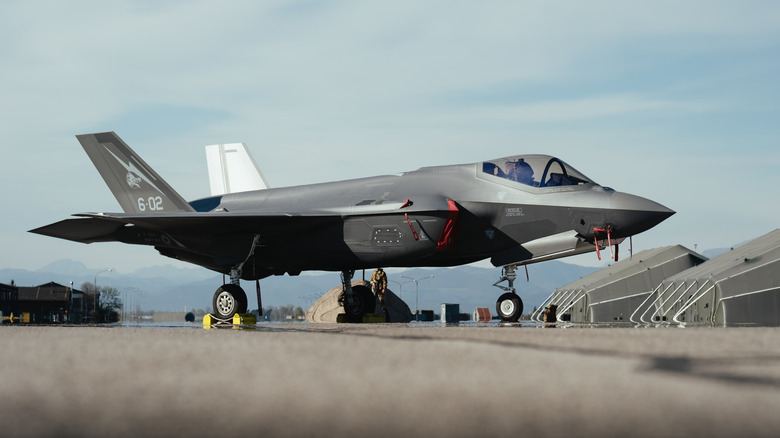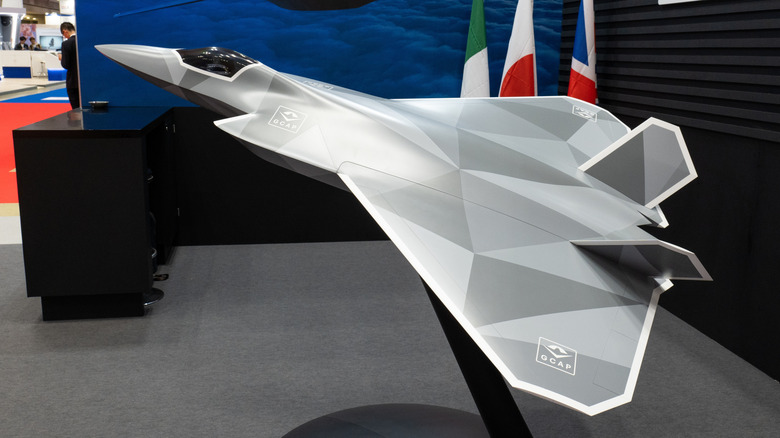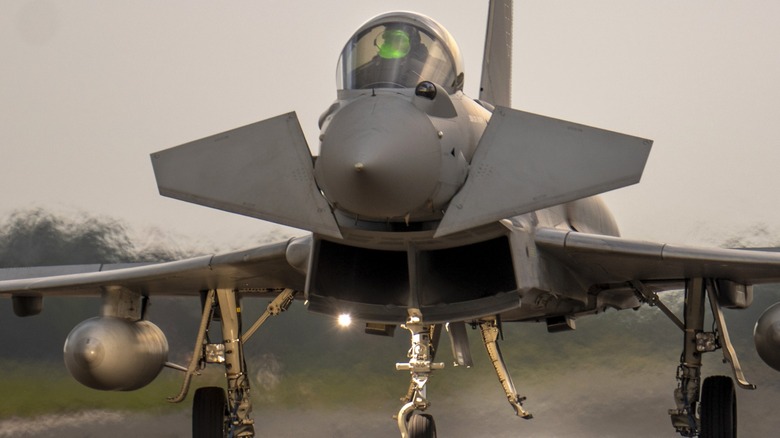GCAP's Next-Generation Stealth Fighter Jet Aims To Trump America's F-35
The Lockheed Martin F-35 Lightning II, America's menacing fifth-generation supersonic stealth fighter, has been serving the U.S. military for close to two decades now. While there is no denying that the F-3, remains one of the world's most advanced fighter aircraft, its supremacy is likely to be challenged by a slew of next-generation stealth fighters that are in various stages of development across the globe. Besides facing internal competition from the U.S.'s own 6th-generation fighter planes in development under the Next Generation Air Dominance (NGAD) initiative, the F-35 will continue facing challenges from upcoming 6th-generation fighters being developed by other nations.
Countries like Russia and China have already begun work on the development of their respective 6th-generation stealth fighters. While Russia is potentially working on a path to upgrade its existing SU-57 stealth fighter to conform to 6th-generation standards, China has reportedly already developed not one but two 6th-generation stealth fighters. The Chinese planes, while not officially named yet, go by the Chengdu J-36 and Shenyang J-50 monikers, though not much is known about the actual hardware beyond speculation.
A handful of other nations — several of them allies of the U.S. — have also launched joint programs to fast-track the development of their own 6th-generation fighters. A notable example is the Future Combat Air System (FCAS) by France, Germany, and Spain. The Global Combat Air Programme (GCAP) is another program and is being spearheaded by the U.K., Japan, and Italy to develop a brand new 6th-generation stealth fighter called the Tempest. Interestingly, the U.K. also has its own FCAS program, which will be supported at least in part by GCAP's Tempest development.
What is the Global Combat Air Programme or GCAP?
In 2018, the then-U.K. government's Ministry of Defence released a document called "Combat Air Strategy: An Ambitious Vision for the Future." The document highlighted the need for the U.K. to collaborate with like-minded allies to design a new fighter aircraft that will replace the country's aging fleet of Eurofighter Typhoons and the U.K.-spec F-35Bs.
Following lengthy discussions with several partners, Japan and Italy joined the U.K. in December 2022 to announce the GCAP program. Besides cooperation from the three countries, the future of GCAP is all dependent on how well the private defense-focused companies from these three nations collaborate and create a new 6th-generation fighter aircraft.
The companies currently involved in the program include BAE Systems (U.K.), Leonardo (Italy), and Mitsubishi Heavy Industries (Japan). If things go to plan, these three countries and partners aim to deliver a new, lethal 6th-generation fighter aircraft by the year 2035. As of 2025, the stakeholders of the GCAP program are engaged in discussions and assessing the program's viability.
A significant step in the GCAP program came in December 2023 after all three nations signed an international treaty in which all stakeholders agreed that the GCAP's headquarters would be in the U.K. A few months later, in July 2024, at the Farnborough International Airshow, members of GCAP showcased a concept model of the upcoming stealth fighter. GCAP members are hopeful of conducting the first flight of a demonstrator aircraft by 2027, which is only two years away.
The future World's best stealth fighter?
Even though the program is still in its infancy, governments and companies that are part of the GCAP program are very bullish on its future prospects. As outlined earlier, the U.K.-spec variant of this place already has a name, "Tempest." When it arrives on the scene in the future, the U.K. will project it as one of the world's most advanced fighter jets of its era.
Besides featuring one of the world's most advanced intelligent weapons systems, the aircraft will also feature a bevy of integrated sensors, a redesigned software-loaded cockpit, and even a new radar that will deliver 10,000 times more data than similar systems seen on the current generation of fighter jets.
As with any project of its scale, the GCAP program is likely to turn into an expensive affair. Given that the project is still in its infancy, its prospective developmental costs could increase over time. According to a Wall Street Journal interview with the CEO of Leonardo, Roberto Cingolani, "GCAP has a total cost of at least 100 billion euros; we welcome other countries ready to contribute." That said, the U.K. government has already spent more than £2 billion on GCAP since 2021 and confirmed that it intends to spend over £12 billion on the program over the next decade.
While there is no denying that we are a long time away from seeing the first of the 6th generation fighters emerge from the GCAP program, it remains to be seen if the program is met with the usual set of delays known to plague such large-scale collaborative efforts.


